Docker Command Not Found
Introduction
Docker has become an essential tool in software development and deployment. It allows developers to package their applications into containers, enabling them to easily distribute and run their software across different environments. However, there are times when users encounter the frustrating “Docker command not found” error. In this article, we will explore the common reasons for this error and provide troubleshooting steps to resolve it.
What is Docker?
Docker is an open-source platform that automates the deployment, scaling, and management of applications using containerization. With Docker, developers can build, ship, and run applications anywhere, ensuring consistency and portability across different environments. By encapsulating applications within containers, Docker eliminates the need for complex and time-consuming software installations, enabling faster development and deployment processes.
Common Reasons for Docker Command Not Found Error
1. Incorrect Docker Installation: One of the most common reasons for encountering the “Docker command not found” error is the improper installation of Docker. If Docker is not installed correctly, the necessary binaries may not be added to the system’s PATH, leading to the command not being recognized.
2. Incorrect PATH Configuration: Another reason for the error is the incorrect configuration of the system’s PATH environment variable. If the PATH is not properly set up to include the location of the Docker binaries, the system will not be able to find and execute the Docker commands.
3. Other Issues: There can be various other issues leading to the “Docker command not found” error, such as deleted or corrupted Docker binaries, conflicts with other software installations, or permission-related problems.
Verifying Docker Installation
Before troubleshooting the “Docker command not found” error, it is essential to verify if Docker is correctly installed on your system. Follow these steps to confirm the installation:
1. Open a terminal or command prompt.
2. Type the following command: `docker –version`.
3. If Docker is installed, the command will display the version number.
Additionally, you can run a basic “hello-world” container using the following command:
“`
docker run hello-world
“`
If Docker is installed correctly, it will download and run the container, displaying a message confirming the successful installation.
Troubleshooting Docker Command Not Found Error
If you receive the “Docker command not found” error, follow these troubleshooting steps to resolve the issue:
1. Check PATH Configuration: Ensure that the system’s PATH environment variable includes the location of the Docker binaries. On Unix-based systems, the default location is usually `/usr/bin/docker`. If the PATH is misconfigured, add the correct location using the `export` command. For example:
“`
export PATH=$PATH:/usr/bin/docker
“`
2. Reinstall Docker: If Docker was not installed correctly or the binaries have been deleted or corrupted, reinstall Docker following the official installation instructions for your operating system. This process will overwrite any missing or corrupted files.
3. Update PATH: After reinstalling Docker, verify that the PATH variable is correctly configured. If necessary, update the PATH to include the appropriate location of the Docker binaries.
Alternatives to Docker Command Line
While the Docker command line tool is the primary means of interacting with Docker, there are alternative tools available for managing Docker containers. These tools provide a graphical interface and simplify the management and orchestration of containers. Some popular alternatives include:
1. Docker Compose: Docker Compose allows you to define and run multi-container applications using YAML files. It simplifies the process of managing complex interactions between containers and enables easier deployment of multiple services.
2. Portainer: Portainer is a lightweight, user-friendly management UI for Docker. It provides a web-based interface where you can manage, monitor, and troubleshoot Docker containers, volumes, networks, and more.
Additional Considerations for Windows Users
Windows users may encounter specific considerations when troubleshooting the “Docker command not found” error:
1. Command Line Syntax: Windows uses a different syntax than Unix-based systems. Ensure that you are using the correct commands and syntax when working with Docker on Windows.
2. PATH Configuration: On Windows, the default installation location for Docker binaries is usually `C:\Program Files\Docker`. Verify that the PATH environment variable is correctly set to include this location.
Common Mistakes and Pitfalls
To avoid the “Docker command not found” error, watch out for these common mistakes and pitfalls:
1. Incorrect Docker Command Syntax: Make sure you are using the correct syntax for Docker commands. Typos or missing options can lead to the command not being recognized.
2. Not Restarting the Terminal: After installing or reinstalling Docker, it is essential to restart the terminal or command prompt to apply any changes to the PATH environment variable.
3. Insufficient Permissions: Ensure that you have sufficient permissions to run Docker commands. On Unix-based systems, you may need to use `sudo` or be a member of the `docker` group.
Conclusion
Encountering the “Docker command not found” error can be frustrating, but with the troubleshooting steps outlined in this article, you should be able to quickly resolve the issue. Remember to check your Docker installation, verify the PATH configuration, and consider using alternative Docker management tools if necessary. By understanding the common reasons for this error and following the provided solutions, you can continue leveraging the power of Docker in your software development and deployment processes.
Download And Install Docker On Windows 10 | Docker Is Not Recognized As An Internal Command Fixed
What Is The Docker Command Not Found?
Docker has gained significant popularity among developers and system administrators for its ability to streamline the deployment and management of applications within independent software containers. Docker enables teams to package applications and their dependencies into these containers, providing a consistent and reliable environment regardless of the underlying infrastructure. However, like any other software, Docker may encounter issues or errors, one of which is the “Docker command not found” error.
When encountering the “Docker command not found” error, it means that the system running the Docker command-line interface (CLI) cannot locate or recognize the Docker command that has been executed. This error can prevent users from executing any Docker-related commands, including pulling images, running containers, managing volumes, and more.
There can be several reasons behind this error, and understanding them is crucial in resolving the issue effectively. Let’s explore some of the common causes and their respective solutions.
1. Docker is not installed:
The most apparent reason for the “Docker command not found” error is the absence of Docker on the system. This can occur if Docker is not installed or if it is installed but not in the system’s PATH environment variable. To fix this, first, ensure that Docker is installed correctly. If not, download and install the appropriate Docker version for your operating system. If Docker is already installed, verify that the PATH environment variable includes the Docker executable’s location.
2. Docker service not running:
If the Docker service is not running, users will face the “Docker command not found” error. Check if the Docker service is running on your system. On some Linux distributions, you can use the command `systemctl status docker` to verify the service status. If it’s not running, start the Docker service using the command `sudo systemctl start docker`.
3. User permissions and Docker group:
Another reason for the error could be insufficient user permissions. By default, only root or users in the Docker group have the necessary privileges to execute Docker commands. Ensure that the user executing the Docker command is either root or part of the Docker group. You can add a user to the Docker group using the command `sudo usermod -aG docker
4. Docker binaries not in the system PATH:
If Docker is installed but its binaries are not in the system’s PATH, the “Docker command not found” error may occur. Users can resolve this by adding the Docker binaries location to the PATH environment variable. The default location for Docker binaries may vary based on the operating system in use. Commonly, it can be found at `/usr/bin/docker` or `/usr/local/bin/docker`. Modify the PATH variable in your shell configuration file, such as `.bashrc` or `.zshrc`, by appending the Docker binaries path: `export PATH=”$PATH:/usr/bin/docker”`.
FAQs:
Q: Why am I getting the “Docker command not found” error on Windows?
A: On Windows systems, the “Docker command not found” error might occur due to incorrect installation or issues with the Docker Desktop setup. Ensure that Docker Desktop is installed and running correctly. Restarting Docker Desktop or reinstalling it may help resolve the error.
Q: How can I verify if Docker is installed correctly?
A: To verify Docker installation, run the command `docker –version` in the terminal. If Docker is installed, it will display the version number and other details.
Q: Can I install Docker without root access?
A: Yes, you can install Docker without root access, but it requires additional configuration and permissions. Docker provides detailed documentation on how to install Docker as a non-root user for various Linux distributions.
Q: Why can’t I execute Docker commands as a non-root user?
A: By default, Docker requires root or Docker group privileges to execute commands due to security reasons. This prevents unauthorized users from manipulating containers and the underlying system. However, you can add a user to the Docker group to grant them the necessary permissions.
In conclusion, the “Docker command not found” error may occur due to various reasons, such as improper installation, service not running, insufficient permissions, or misconfiguration. By following the solutions outlined above and considering the FAQs, users can effectively troubleshoot and resolve the error, ensuring a hassle-free Docker experience for their application containerization needs.
How To Enable Docker Command?
Docker is an open-source platform designed to automate the deployment, scaling, and management of applications in containers. It has gained immense popularity in the tech world due to its ability to streamline the development workflow and improve efficiency. However, before you can start using Docker, you need to enable the Docker command. In this article, we will provide you with a step-by-step guide on how to enable the Docker command on your machine. Additionally, we will address some frequently asked questions related to Docker.
Enabling the Docker Command:
Step 1: Install Docker
Before you can enable the Docker command, you need to have Docker installed on your machine. Docker provides distributions for various operating systems, including Windows, macOS, and Linux. Visit the Docker website and download the appropriate installer for your operating system. Follow the installation instructions and complete the setup.
Step 2: Configure Docker Daemon
Once Docker is installed, you need to configure the Docker daemon to listen on HTTP as well as the default Unix socket. Open the Docker daemon configuration file, which is typically located at `/etc/docker/daemon.json` on Unix-based systems or `C:\ProgramData\docker\config\daemon.json` on Windows. If the file does not exist, create it.
Add the following content to the configuration file:
“`
{
“hosts”: [“unix:///var/run/docker.sock”, “tcp://0.0.0.0:2375”]
}
“`
Make sure you replace `0.0.0.0` with your machine’s IP address if you want to restrict access to the Docker daemon. Save the changes and exit the configuration file.
Step 3: Restart Docker Daemon
After configuring the Docker daemon, you need to restart it for the changes to take effect. Use the appropriate command based on your operating system:
On Unix-based systems:
“`
sudo systemctl restart docker
“`
On Windows:
“`
Restart-Service docker
“`
Step 4: Verify Docker Installation
To ensure that Docker is successfully installed and running, execute the following command:
“`
docker info
“`
If everything is configured correctly, you should see detailed information about your Docker installation, including the Docker version, API version, and various system details.
Frequently Asked Questions:
Q1: Why should I enable the Docker command?
Enabling the Docker command allows you to interact with the Docker daemon through the command-line interface. This is essential for managing containers, images, networks, and other Docker components.
Q2: Can I enable the Docker command on any operating system?
Yes, Docker supports various operating systems, including Windows, macOS, and various Linux distributions. You can enable the Docker command as long as your operating system is supported.
Q3: What is the purpose of configuring the Docker daemon?
By configuring the Docker daemon, you specify how it should listen for commands and network connections. Configuring it ensures that you can access the Docker daemon using the Docker command.
Q4: Can I restrict access to the Docker daemon?
Yes, you can restrict access to the Docker daemon by specifying the IP address in the Docker daemon configuration file. By default, it listens on all available IP addresses.
Q5: Are there any security concerns related to enabling the Docker command?
Enabling the Docker command does not introduce any security vulnerabilities on its own. However, it is crucial to follow security best practices, such as using secure networks, regularly updating Docker, and protecting sensitive data within containers.
Q6: Can I use Docker without enabling the Docker command?
While it is possible to use Docker without enabling the Docker command, it severely limits your ability to interact with Docker functionality. The Docker command provides a convenient and efficient way to manage containers and associated resources.
In conclusion, enabling the Docker command is a crucial step to leverage the power of Docker for managing containers and deploying applications. By following the steps provided in this comprehensive guide, you can enable the Docker command on your machine effortlessly. Remember to configure the Docker daemon correctly and ensure that you adhere to security best practices while working with Docker. With Docker’s versatility and ease of use, you can streamline your development workflow and improve the efficiency of your applications.
Keywords searched by users: docker command not found Docker command not found windows, zsh: command not found: docker, docker-compose: command not found, command not found: docker macos, Install docker, Docker’ is not recognized as an internal or external command, operable program or batch file, Zsh command not found docker macOS, Sudo command not found docker
Categories: Top 28 Docker Command Not Found
See more here: nhanvietluanvan.com
Docker Command Not Found Windows
Introduction:
Docker has revolutionized the way developers build, package, and distribute their applications. With its lightweight, efficient, and scalable containerization technology, Docker has gained immense popularity among software professionals. However, sometimes Windows users may encounter an error that states “Docker command not found.” In this article, we will explore the reasons behind this issue and provide possible solutions to help Windows users get their Docker environment up and running smoothly.
Understanding the Issue:
The “Docker command not found” error generally occurs when Docker is not correctly installed or its executable is not added to the system’s PATH variable. Docker uses its command-line interface (CLI) to manage containerized applications, and without the proper PATH configuration, Windows will not be able to locate the necessary executable files.
Solutions:
Below are some actionable steps to troubleshoot and fix the “Docker command not found” error on Windows machines:
1. Check Docker Installation:
Ensure that Docker is correctly installed on your Windows system. Verify the installation by running the “docker –version” command in your command prompt or PowerShell. If Docker is not installed, download it from the official Docker website and follow the installation instructions.
2. Verify PATH Variable:
If Docker is already installed, the next step is to check whether the Docker executable paths are added to your system’s PATH variable. To do this, follow these steps:
a. Right-click on “This PC” or “My Computer” and select “Properties.”
b. Click on “Advanced system settings,” then click on “Environment Variables.”
c. In the “System variables” section, locate the “Path” variable and click on “Edit.”
d. Double-check whether the following paths are present:
– C:\Program Files\Docker\Docker\resources\bin
– C:\ProgramData\DockerDesktop\version-bin
e. If any of the paths are missing, click on “New” and add the missing paths.
f. Confirm the changes, restart your command prompt or PowerShell, and check if the issue is resolved.
3. Restart Docker Service:
Sometimes, simply restarting the Docker service can resolve the “Docker command not found” issue. To restart the Docker service, follow these steps:
a. Press the “Win + R” key combination to open the Run dialog box.
b. Type “services.msc” and press Enter.
c. Scroll down to find the “Docker Desktop Service.”
d. Right-click on it and select “Restart.”
e. Wait for the service to restart, then try running Docker commands in your command prompt or PowerShell.
4. Reinstall Docker:
If none of the above solutions work, it is advisable to uninstall Docker completely and then reinstall it. Some installation files or configurations might be corrupted, causing the “Docker command not found” error. After uninstalling, download the latest version of Docker from the official website and perform a clean installation.
Frequently Asked Questions (FAQs):
Q1. What are the key benefits of using Docker on Windows?
A1. Docker on Windows allows developers to create lightweight, isolated containers for their applications, enabling efficient and consistent deployments. It also provides a consistent development environment, regardless of the underlying infrastructure.
Q2. Does Docker work on all versions of Windows?
A2. No, Docker requires a 64-bit version of Windows 10 Pro, Enterprise, or Education. It does not support Windows 10 Home.
Q3. After following the aforementioned steps, I still face the “Docker command not found” error. What should I do?
A3. If none of the solutions work, you can try using an alternative command-line interface, like Git Bash or PowerShell, as they usually have a separate PATH configuration.
Q4. Can I use Docker Toolbox instead of Docker Desktop on Windows?
A4. Yes, Docker Toolbox provides an alternative way to run Docker on older versions of Windows that do not meet the requirements for Docker Desktop.
Conclusion:
The “Docker command not found” error can be frustrating for Windows users, hindering their ability to utilize the powerful capabilities of Docker. By following the steps outlined in this comprehensive guide, you should be able to troubleshoot and resolve the issue. Remember to ensure Docker is correctly installed, verify the PATH variable, and restart Docker services if necessary. If all else fails, reinstalling Docker is a recommended last resort. With Docker up and running smoothly, you can fully leverage the benefits of containerization for your development projects.
Zsh: Command Not Found: Docker
Have you ever encountered the error message “zsh: command not found: docker” while working with the zsh shell? If so, don’t worry, because you’re not alone. This error can be frustrating, especially if you heavily rely on Docker for your development projects. In this article, we will dive deep into the causes of this issue and discuss various solutions to resolve it.
Understanding the Problem:
The zsh shell, also known as Z Shell, is a powerful and feature-rich command-line interpreter that is designed as an improved alternative to the traditional bash shell. Zsh offers various enhancements, including better command completion, history navigation, and interactive customization. However, due to its modular nature, it can sometimes fail to find certain commands, resulting in the “command not found” error.
One common reason for the “zsh: command not found: docker” error is the absence of the Docker command-line interface (CLI) in your system. Unlike some other shells, zsh does not include all commands by default. This means you may need to install the Docker CLI specifically for the zsh shell.
Solutions:
To resolve the “zsh: command not found: docker” error, you can try the following solutions:
1. Install Docker CLI:
If you haven’t installed the Docker CLI on your system, this is the first step you need to take. The Docker CLI allows you to interact with Docker, managing containers, images, and more. Visit the Docker website and follow their instructions to install Docker for your operating system. Once Docker is installed, ensure that the Docker command is accessible from your terminal.
2. Add Docker to the PATH:
If you’ve already installed Docker and are still encountering the error, it is likely that Docker’s binary path is not added to your system’s PATH variable. The PATH variable determines the directories where the shell searches for executables. To add Docker to your PATH, you need to append the appropriate directory to the existing PATH variable.
You can modify the PATH variable by editing the configuration file of your shell, which is typically the .zshrc file in your home directory. Open the .zshrc file using a text editor and locate the line where the PATH variable is set. Add the path to the directory containing the Docker executable to the existing PATH variable and save the file. Then, restart your terminal or run the source command to apply the changes.
3. Verify Docker installation:
After performing the above steps, it is essential to verify that Docker is installed correctly and accessible from the zsh shell. Open a new terminal window and type “docker” without quotes. If Docker is properly installed and added to the PATH, you should see the Docker CLI’s available commands and usage information. If the error persists, double-check that the PATH variable is correctly set and the Docker executable is located in the specified directory.
Frequently Asked Questions (FAQs):
Q1. Why am I getting “zsh: command not found: docker” even though I have Docker installed?
A1. This error typically occurs when the Docker executable is not present in your system’s PATH variable. Make sure to check that the PATH variable is correctly configured in your shell’s configuration file.
Q2. How can I find the path to the Docker executable?
A2. If Docker is installed properly, you can run the command “which docker” in your shell. This will display the path to the Docker executable. Ensure that this path is added to the PATH variable.
Q3. I’ve added Docker to my PATH, but the error still persists. What can I do?
A3. Check if the Docker binary is present in the specified directory. If not, try reinstalling Docker and verify the installation steps. Additionally, be cautious of typos and syntax errors in the PATH configuration.
Q4. Can I use a different shell instead of zsh to resolve this issue?
A4. Yes, you can switch to a different shell like bash or fish, especially if you’re facing difficulty resolving the issue with zsh. However, it’s recommended to utilize zsh’s advantages and troubleshoot the problem specifically for zsh instead of switching shells.
Q5. Does this error only occur on a specific operating system?
A5. No, this error can occur on various operating systems, including macOS, Linux, and Windows with WSL (Windows Subsystem for Linux). The solutions provided in this article are applicable to most operating systems.
In conclusion, the “zsh: command not found: docker” error is a common concern for zsh users, but with the right steps, it can be resolved efficiently. By installing Docker CLI, adding Docker to the PATH, and verifying the installation, you can quickly overcome this issue and continue utilizing Docker seamlessly within your zsh environment.
Docker-Compose: Command Not Found
Have you ever encountered the frustrating error message “docker-compose: command not found”? If you are a developer or system administrator working with Docker, chances are you have come across this issue at some point. This error indicates that the docker-compose command is not recognized by the system, preventing you from using this powerful tool for managing multi-container Docker environments. In this article, we will delve into the reasons behind this error and provide a comprehensive troubleshooting guide to help you overcome it.
What is Docker Compose?
Docker Compose is a tool that allows you to define and manage multi-container Docker applications. It uses a YAML file to specify the services, networks, and volumes required for your application stack, simplifying the process of running complex applications across multiple containers. With Docker Compose, you can easily scale and orchestrate your containers, making it an indispensable tool for containerized development environments.
Troubleshooting “docker-compose: command not found”:
1. Check Docker Compose installation:
The most common cause of this error is the absence of Docker Compose on your system. Ensure that Docker Compose is installed by running the command “docker-compose –version”. If this command does not provide any output, you need to install Docker Compose.
2. Install Docker Compose:
To install Docker Compose, follow the official Docker Compose documentation specific to your operating system. The installation process typically involves downloading the Docker Compose binary and moving it to a directory in your system’s PATH, such as /usr/local/bin/. After installation, make sure to restart your terminal or shell session for the changes to take effect.
3. Verify the PATH variable:
If you still encounter the error after installing Docker Compose, it is possible that the PATH variable is not correctly set. Check the environment variables on your system to ensure that the directory where Docker Compose is installed is included in the PATH variable. You can do this by running the command “echo $PATH” in your terminal and looking for the directory containing the Docker Compose binary.
4. Verify Docker installation:
Sometimes, the “docker-compose: command not found” error can occur if Docker itself is not installed or not running correctly. Check that Docker is installed correctly on your system by running the command “docker –version”. If Docker is not installed, refer to the official Docker documentation for instructions on installing Docker on your operating system.
FAQs:
Q: Can I use Docker Compose without Docker?
A: No, Docker Compose relies on Docker to manage and run containers. Ensure that Docker is installed and running properly before using Docker Compose.
Q: I followed the installation steps, but I still get the same error. What else can I do?
A: Besides verifying the PATH variable, you may need to check for conflicting installations or configurations. Ensure that there are no clashes with other Docker-related tools, such as Docker Swarm or other versions of Docker Compose. It may be helpful to uninstall and reinstall Docker Compose, ensuring that you have a clean installation.
Q: Is Docker Compose available for Windows, macOS, and Linux?
A: Yes, Docker Compose is available for all major operating systems. The installation process may vary slightly, so refer to the official Docker Compose documentation specific to your operating system for detailed instructions.
Q: Are there alternatives to Docker Compose?
A: Yes, there are alternative tools for managing multi-container environments, such as Kubernetes or HashiCorp’s Nomad. However, Docker Compose remains widely used and trusted for its simplicity and ease of use in many cases.
In conclusion, the “docker-compose: command not found” error can be frustrating, but by following the troubleshooting steps presented in this article, you should be able to resolve the issue and start leveraging the power of Docker Compose for managing your containerized applications. Remember to ensure proper installation, check the PATH variable, and verify Docker installation to overcome this common hurdle. With Docker Compose, you can simplify the management and orchestration of your Docker containers to streamline your development workflow.
Images related to the topic docker command not found

Found 25 images related to docker command not found theme

![Fixed] bash: docker command not found – Its Linux FOSS Fixed] Bash: Docker Command Not Found – Its Linux Foss](https://itslinuxfoss.com/wp-content/uploads/2022/12/docker-command-not-found-3.png)


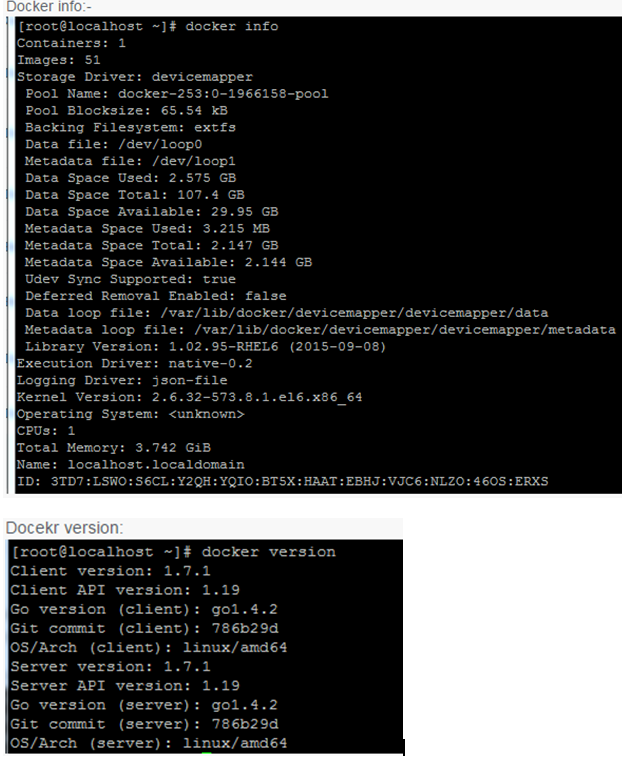














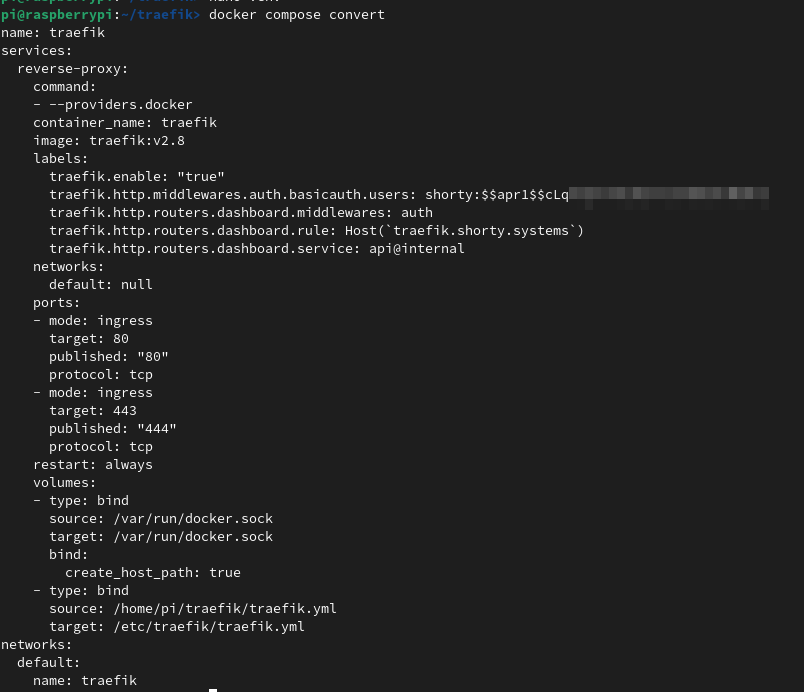





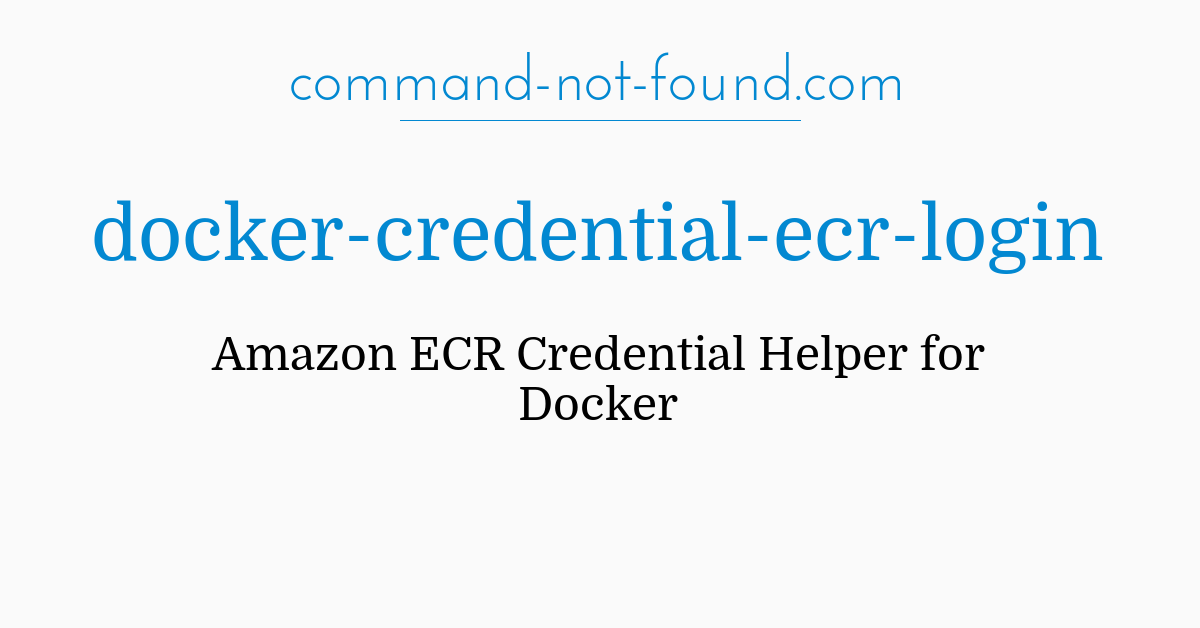
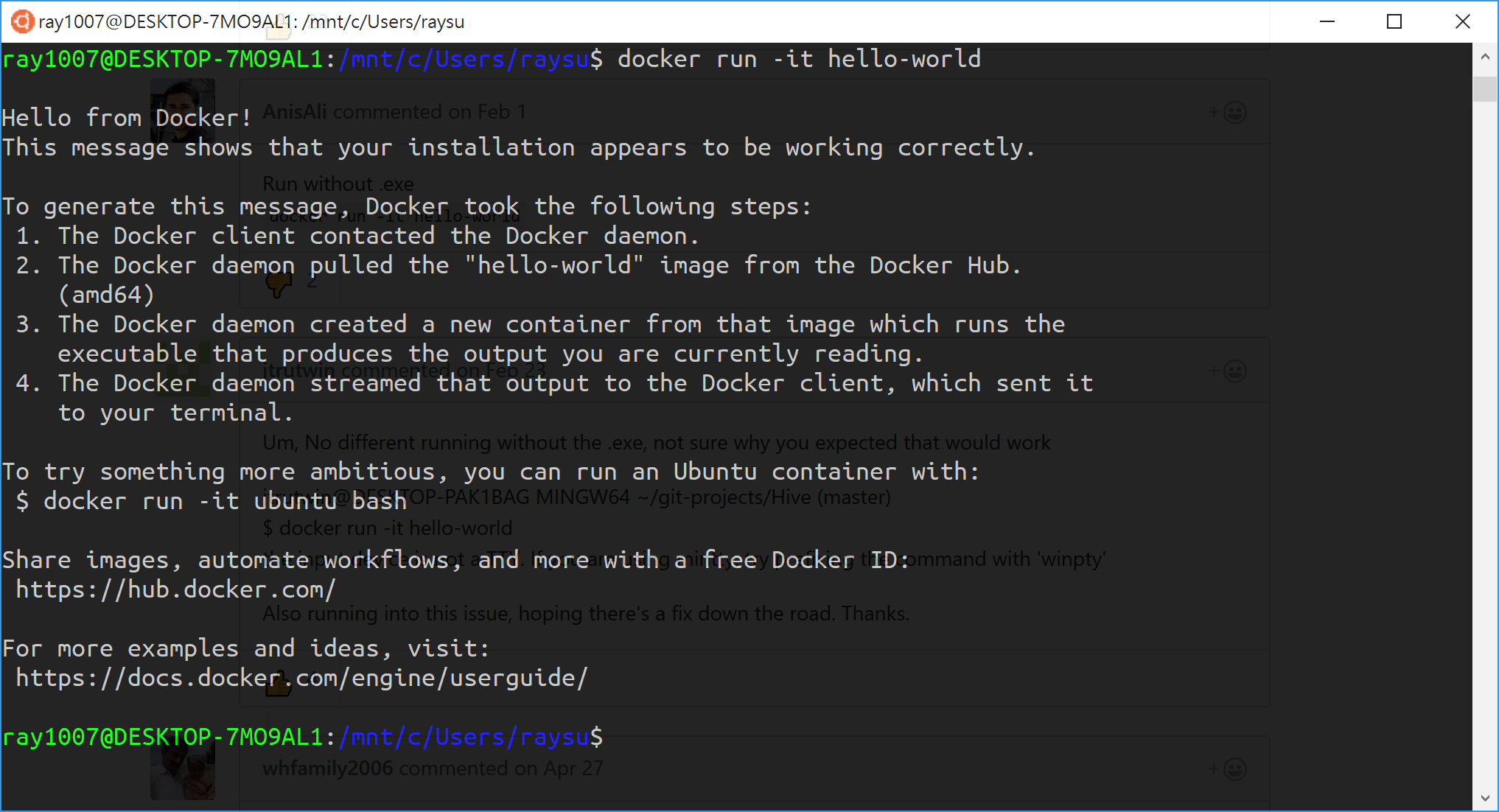
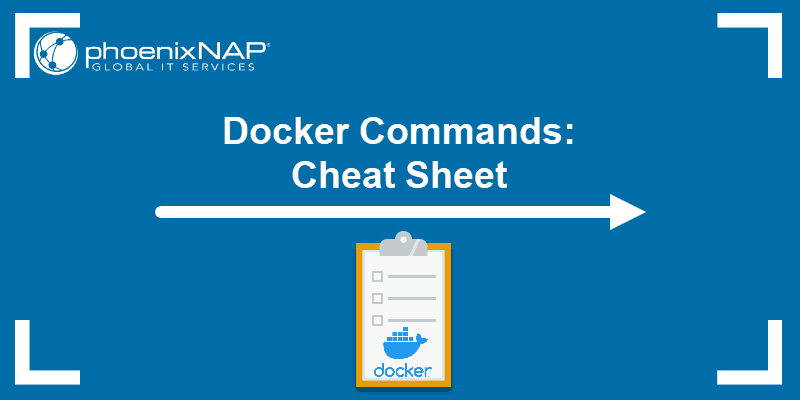









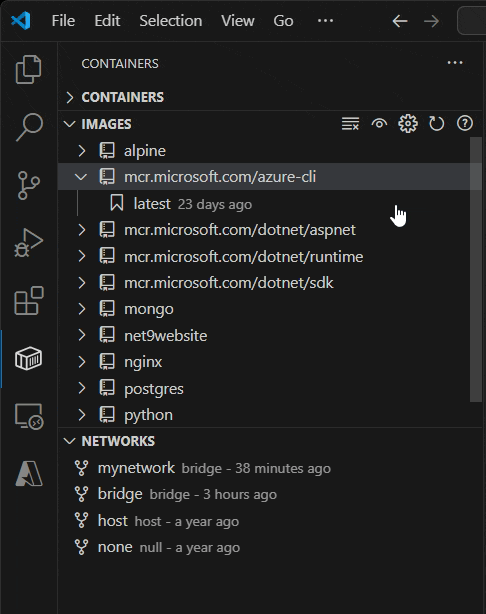












Article link: docker command not found.
Learn more about the topic docker command not found.
- docker command not found even though installed with apt-get
- bash: docker: command not found – Ruslan Rocks
- Linux post-installation steps for Docker Engine
- Install Docker Engine on Ubuntu
- How To Install Docker on Windows? A Step-by-Step Guide – Simplilearn
- docker command not found: Fix and Cause explained – NixCP
- How to Fix Docker Command Not Found on Mac & Windows
- Docker not found when freshly installed on Mac #6793 – GitHub
See more: nhanvietluanvan.com/luat-hoc